UN HOMMAGE - CARTE BLANCHE À PATRICK TOSANI
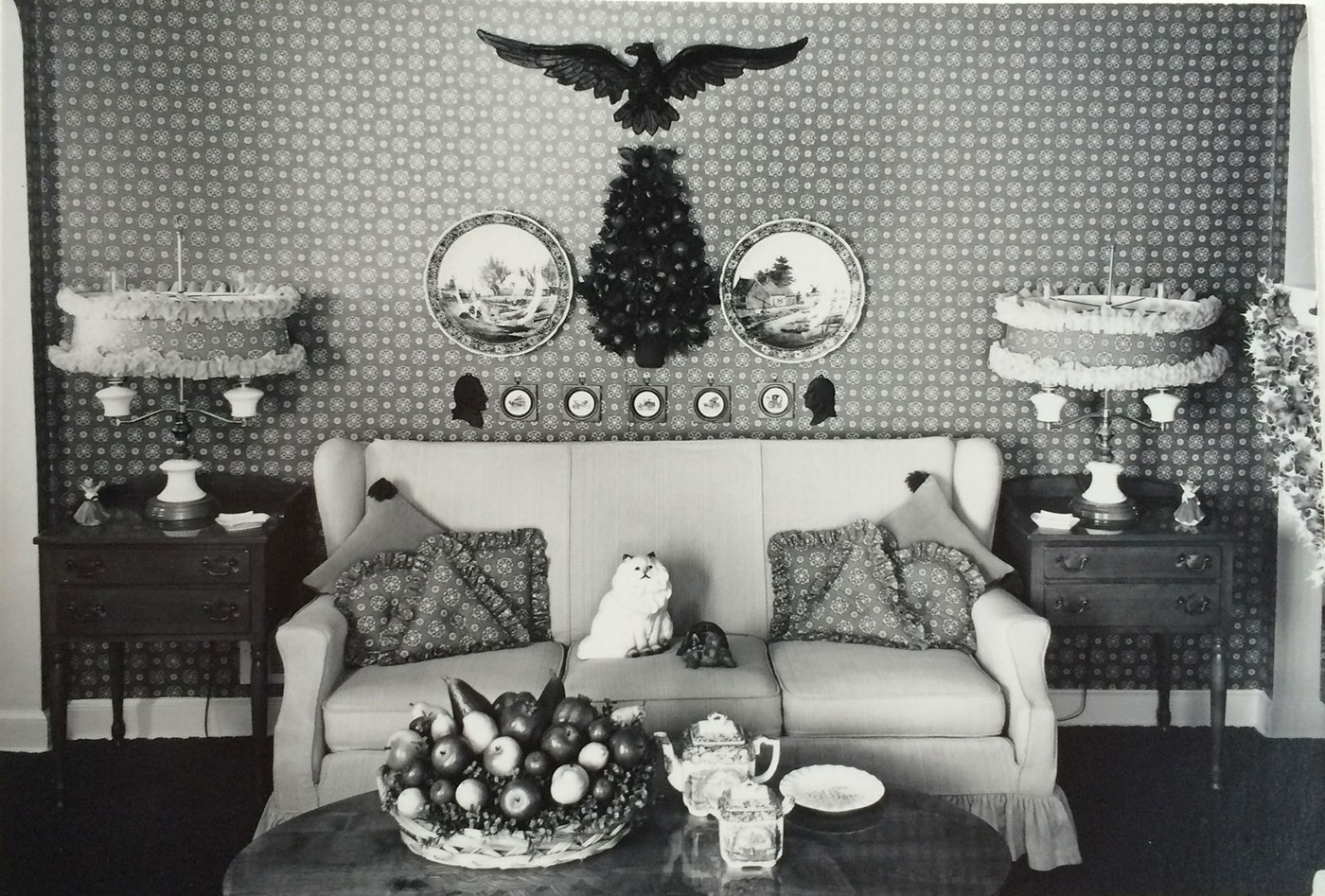
UN HOMMAGE - CARTE BLANCHE À PATRICK TOSANI
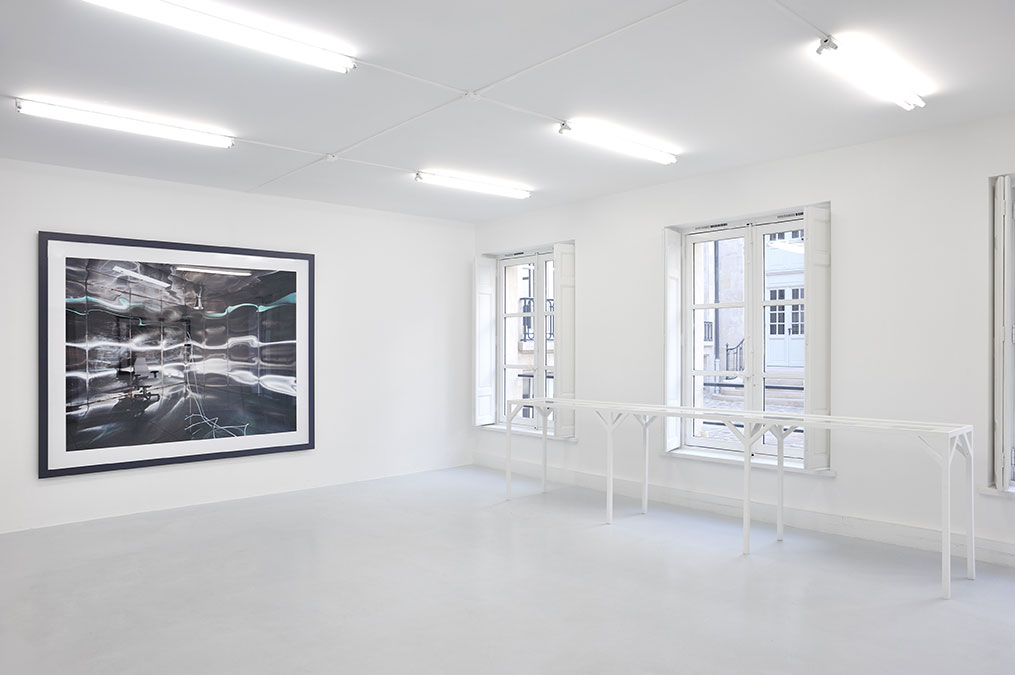
UN HOMMAGE - CARTE BLANCHE À PATRICK TOSANI
Exhibition view
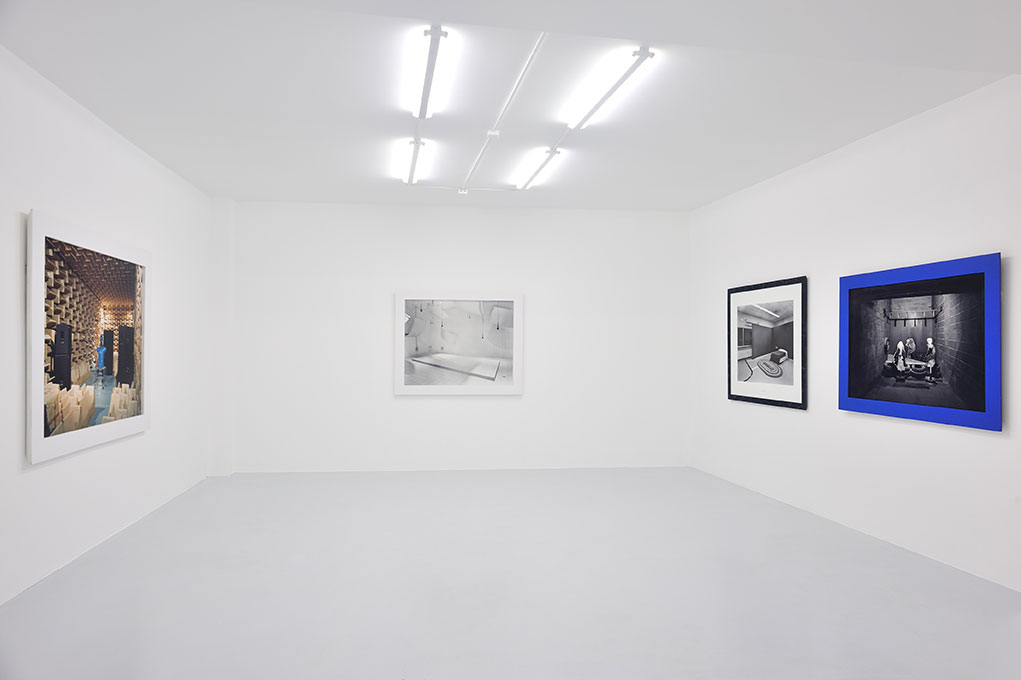
UN HOMMAGE - CARTE BLANCHE À PATRICK TOSANI
Exhibition view
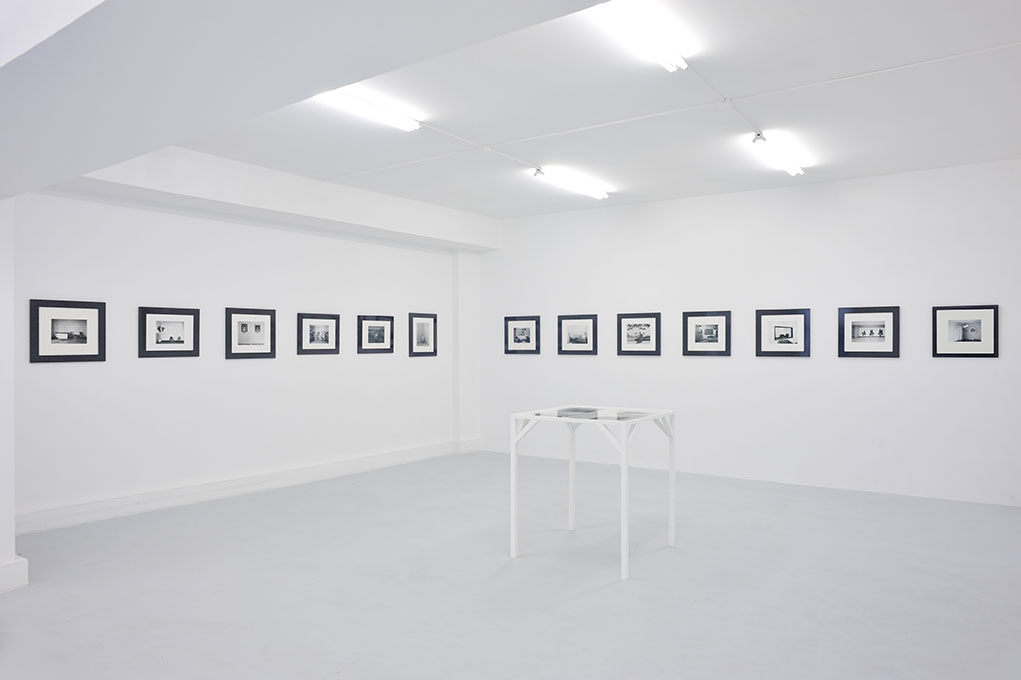
UN HOMMAGE - CARTE BLANCHE À PATRICK TOSANI
Exhibition view
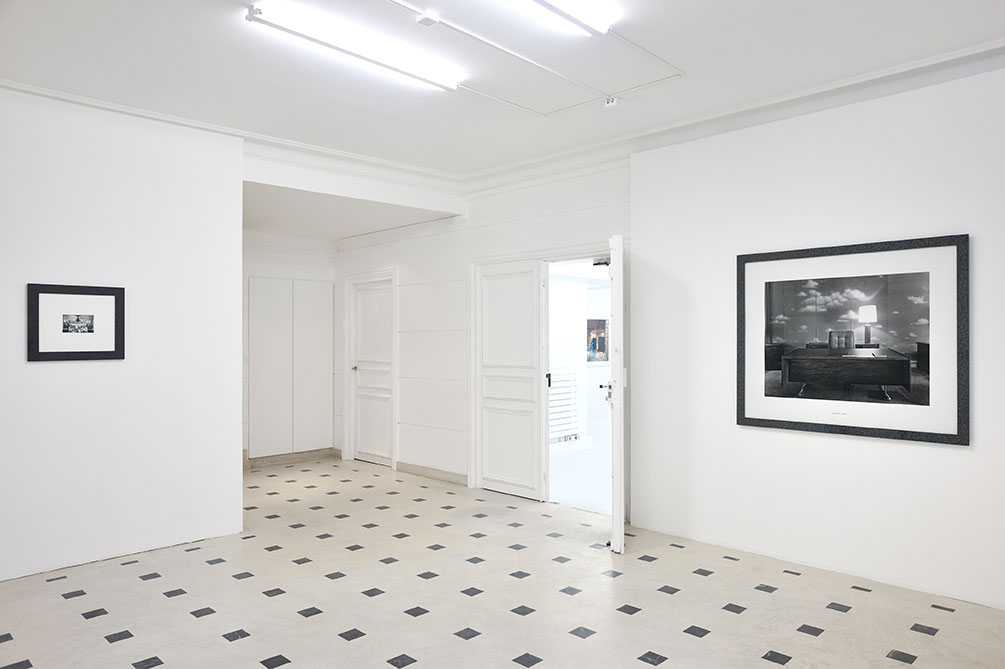
UN HOMMAGE - CARTE BLANCHE À PATRICK TOSANI
Exhibition view
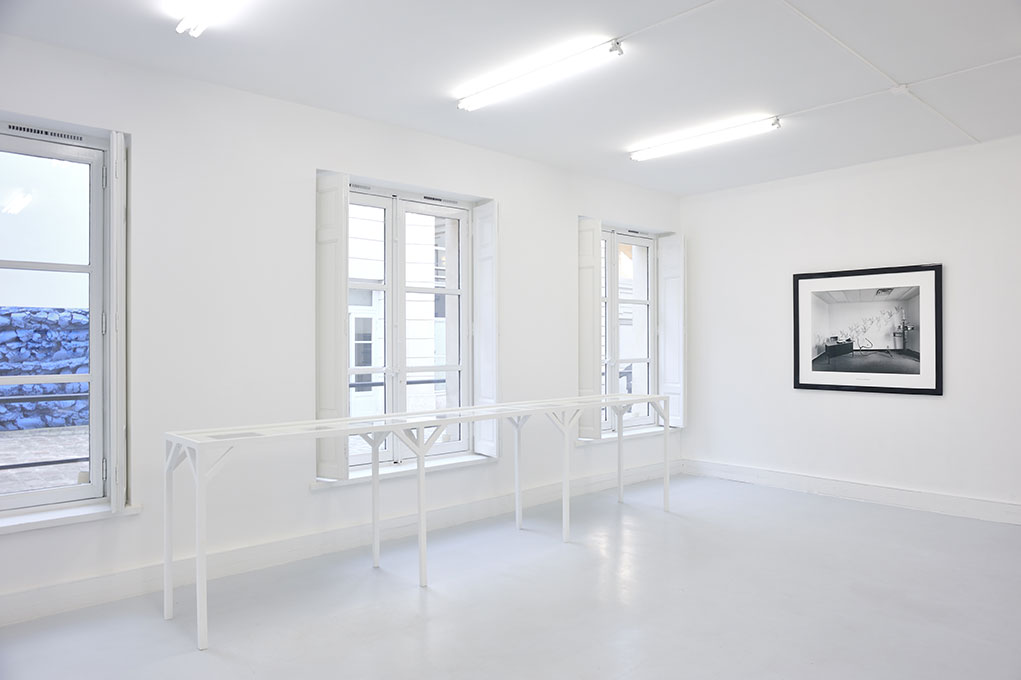
UN HOMMAGE - CARTE BLANCHE À PATRICK TOSANI
Exhibition view
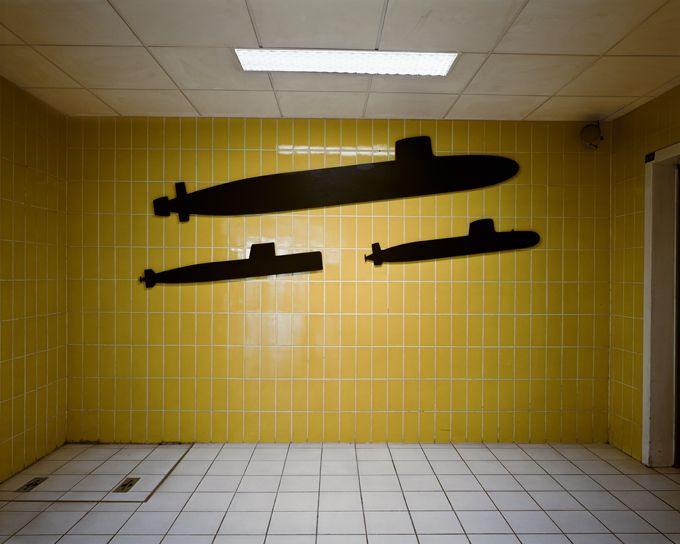
Lynne Cohen / Estate
Untitled (submarines), 2007
C-print
119,5 x 144,5 cm
Edition of 5 ex + 1 AP
Courtesy de l'Estate de Lynne Cohen et galerie In Situ - fabienne leclerc, Grand Paris
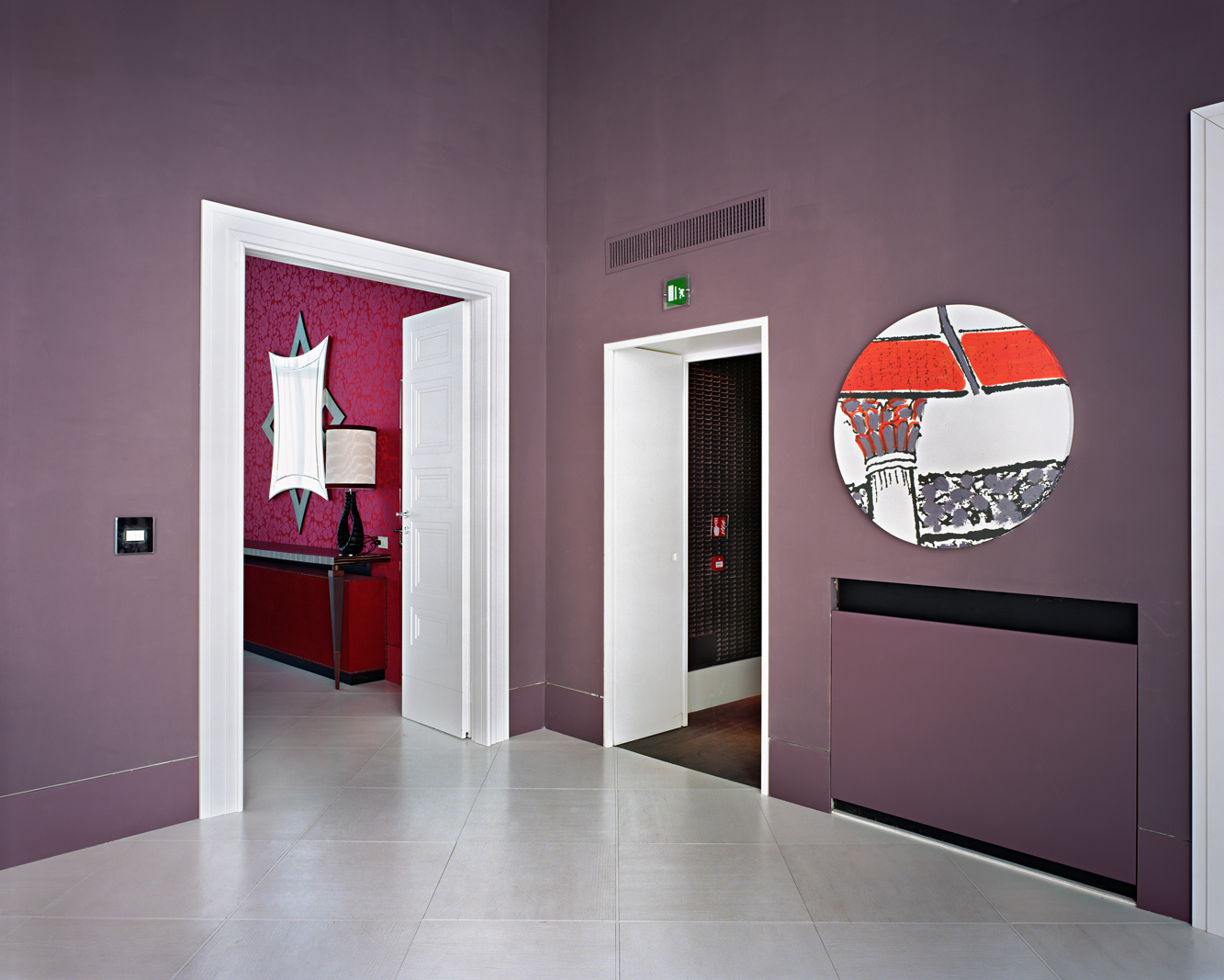
Lynne Cohen / Estate
Untitled (Circle Mirror - Mauve Wall), 2011
Epreuve à développement chromogène
39.7 x 50 inch ( 51.7 x 62.2 inch framed )
Edition of 5 ex
Courtesy de l'artiste & Galerie In Situ - fabienne leclerc, Grand Paris
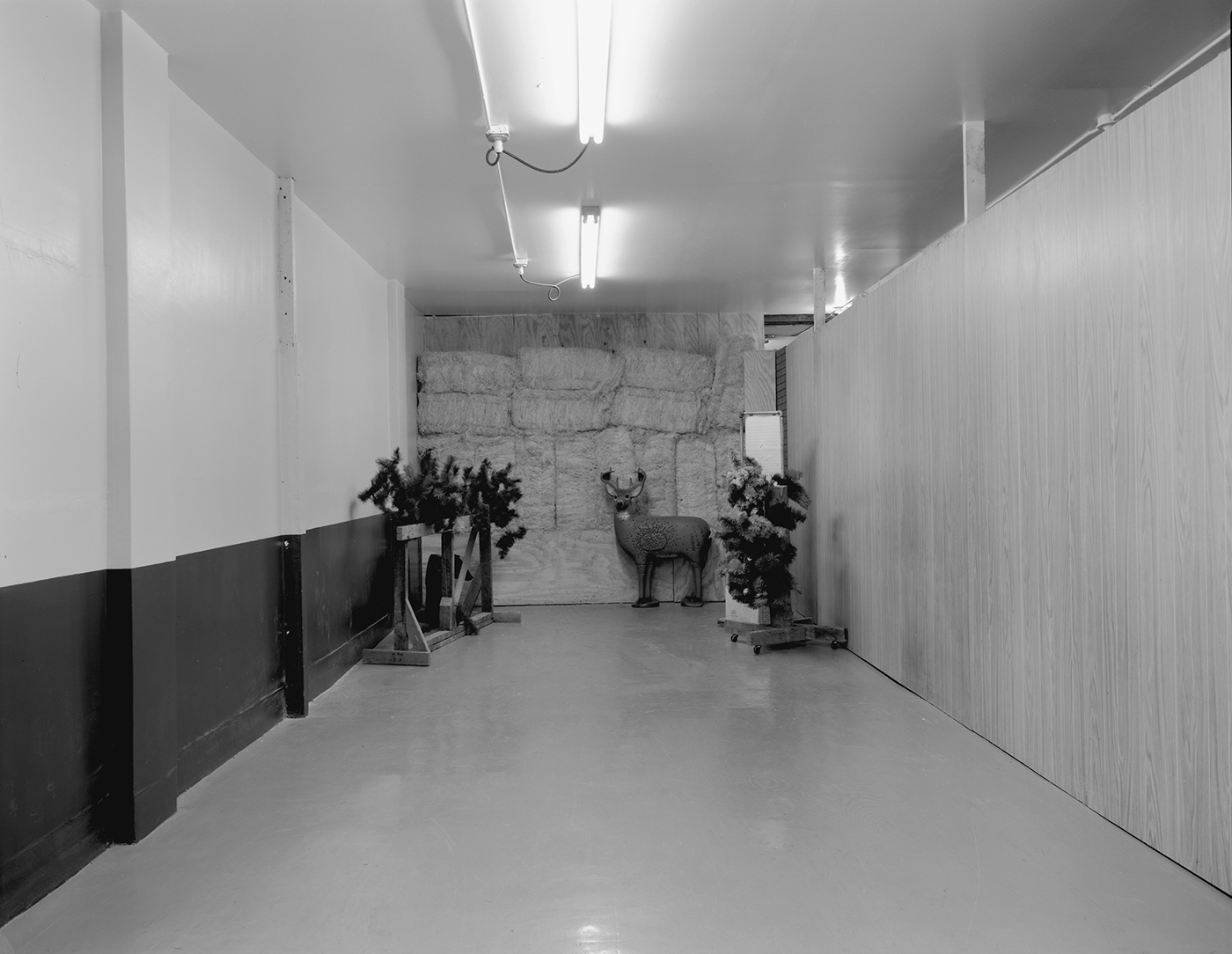
Lynne Cohen / Estate
Untitled (deer targets), 1990's (2012)
Gelatin silver print
8.4 x 10.8 inch ( 17.9 x 19.8 inch framed )
Edition of 4 ex
Signé
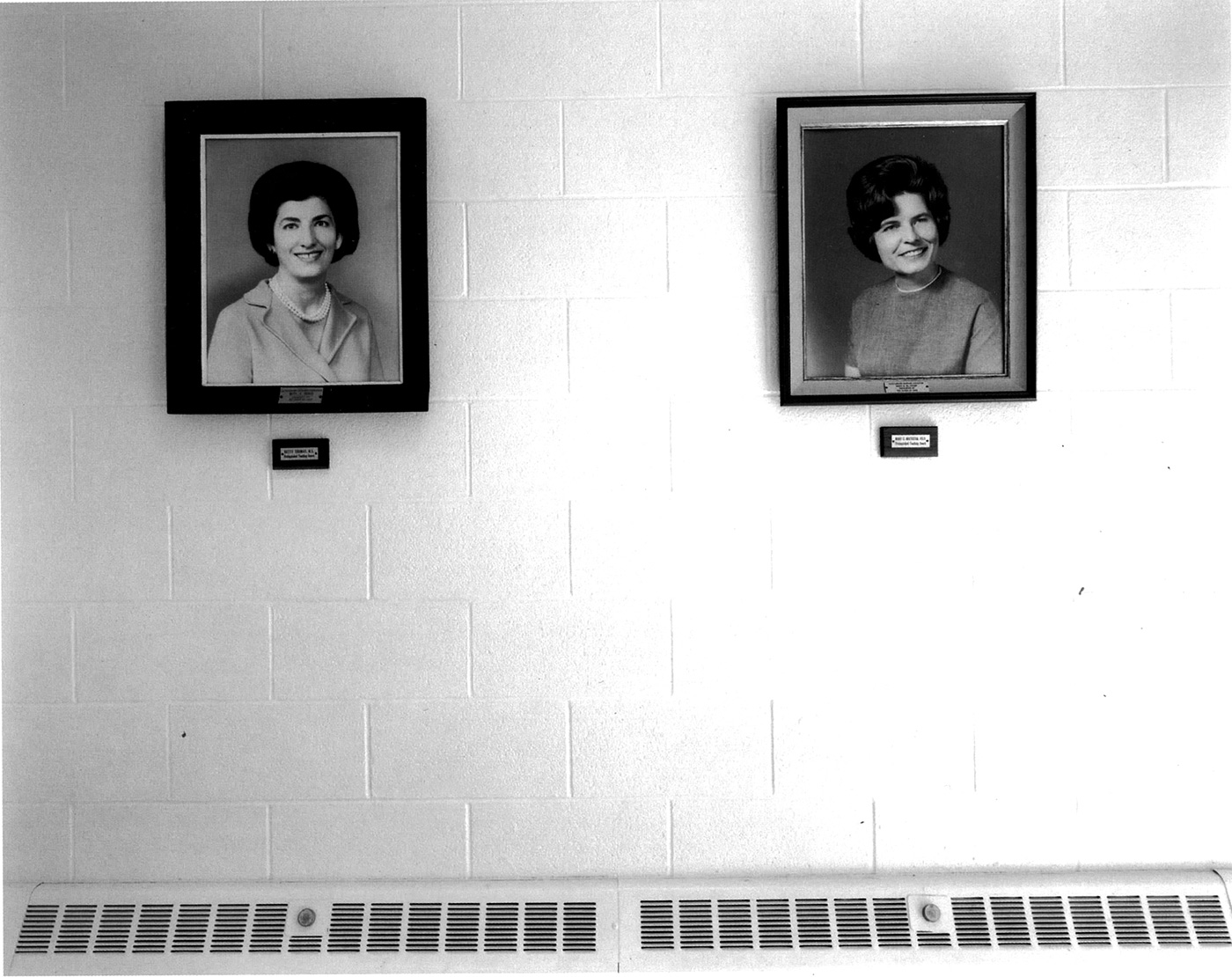
Lynne Cohen / Estate
Untitled (pictures of androgynous nurses, vents), 1990's - 2012
Black and white silver print
8.2 x 10.8 inch ( 18 x 20 inch framed )
Edition of 4 ex + 1 AP
Signé
Courtesy de l'artiste & Galerie In Situ - fabienne leclerc, Grand Paris Enquiries about work INV Nbr. COH..00918
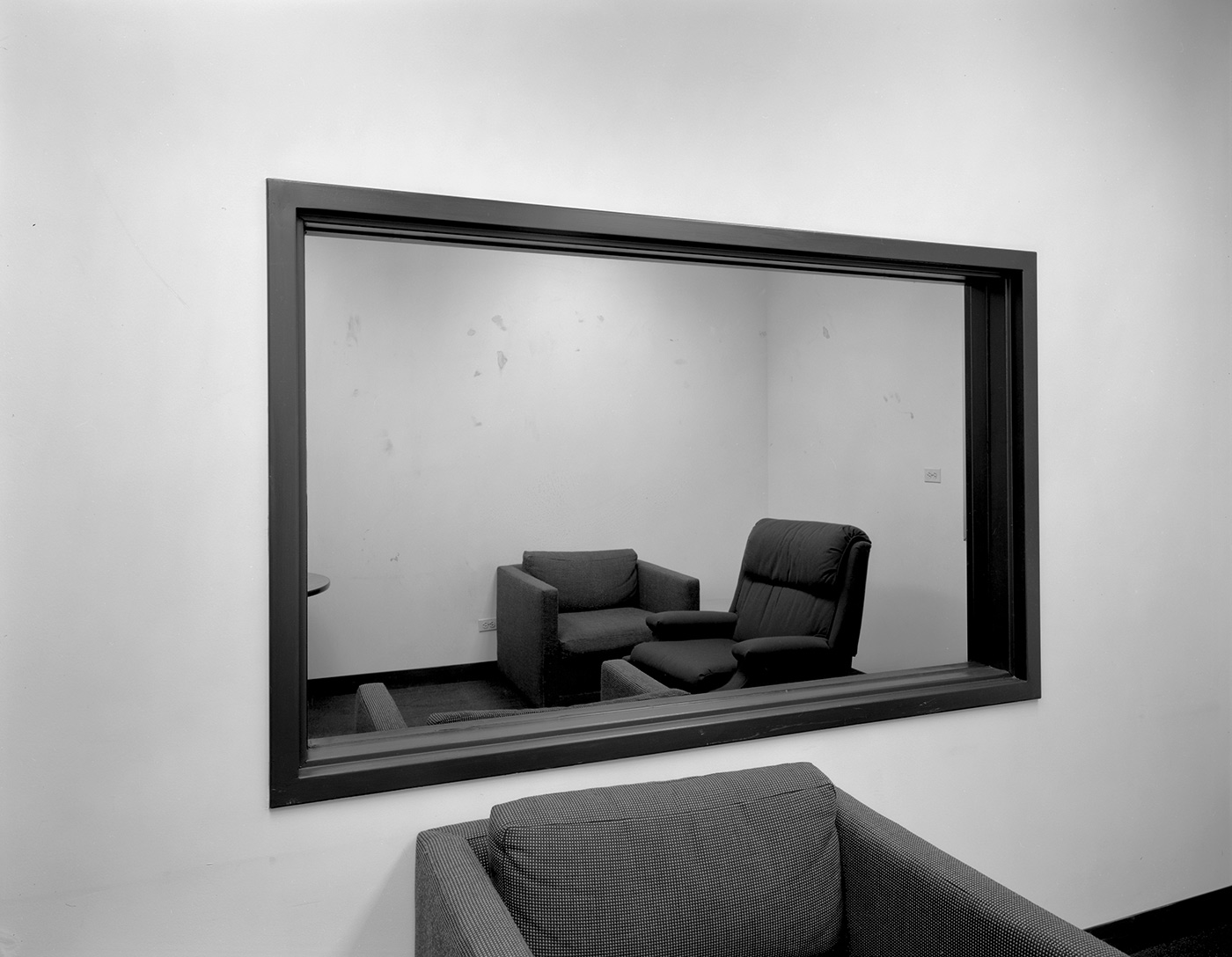
Lynne Cohen / Estate
Untitled (observation room with two-way mirror), 1980-1989
Black and white analog photography
21,5 x 27,5 cm ( 45,5 x 50,5 cm framed )
Edition of 4 ex
Signé
Courtesy de l'artiste & Galerie In Situ - fabienne leclerc, Grand Paris
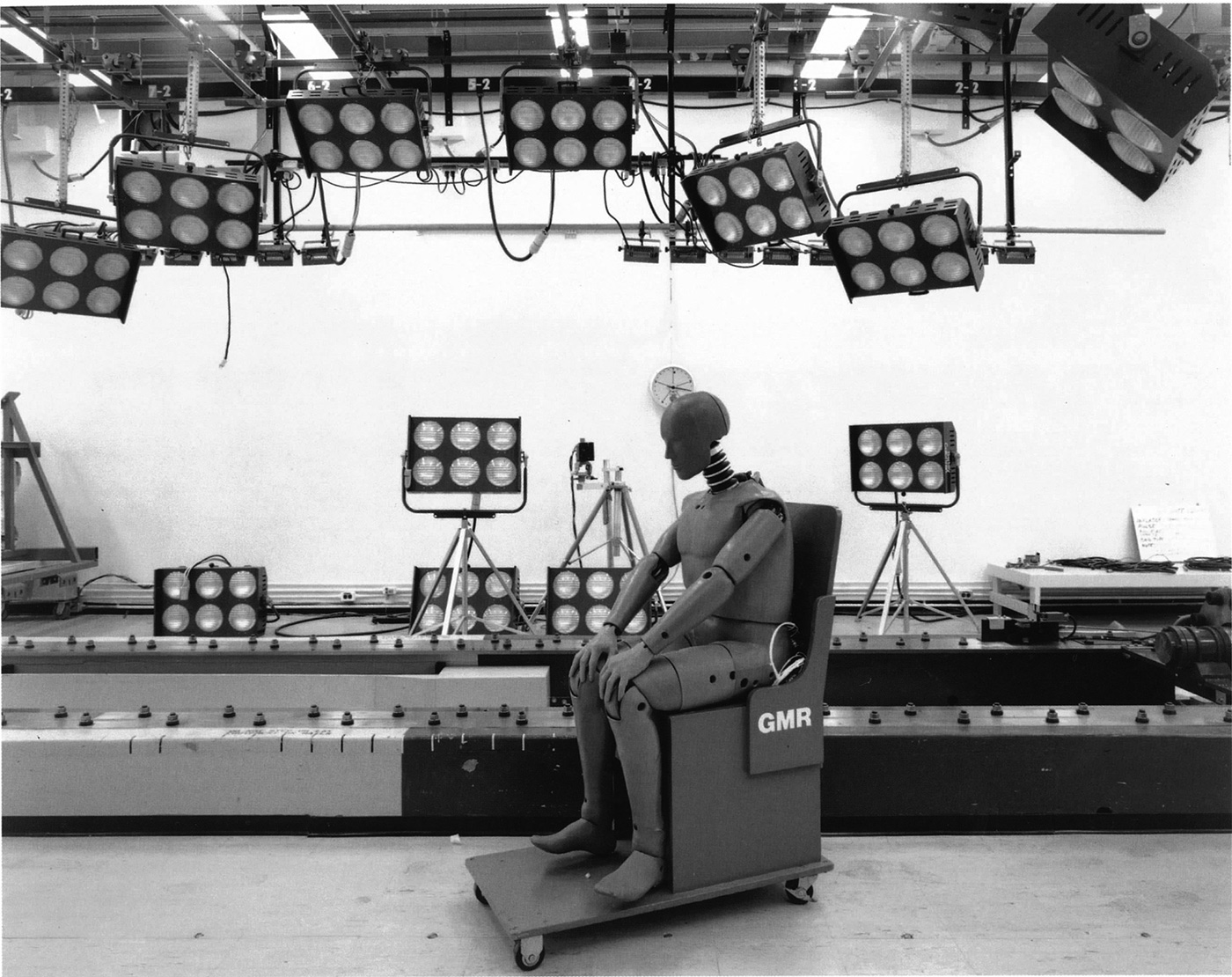
Lynne Cohen / Estate
Untitled (test dummy on chair and bright lights), 1980's (2012)
black and white analog photography
21,5 x 27,5 cm ( 45,5 x 50,5 cm framed )
Edition of 4 ex
Signé
Courtesy de l'artiste & Galerie In Situ - fabienne leclerc, Grand Paris
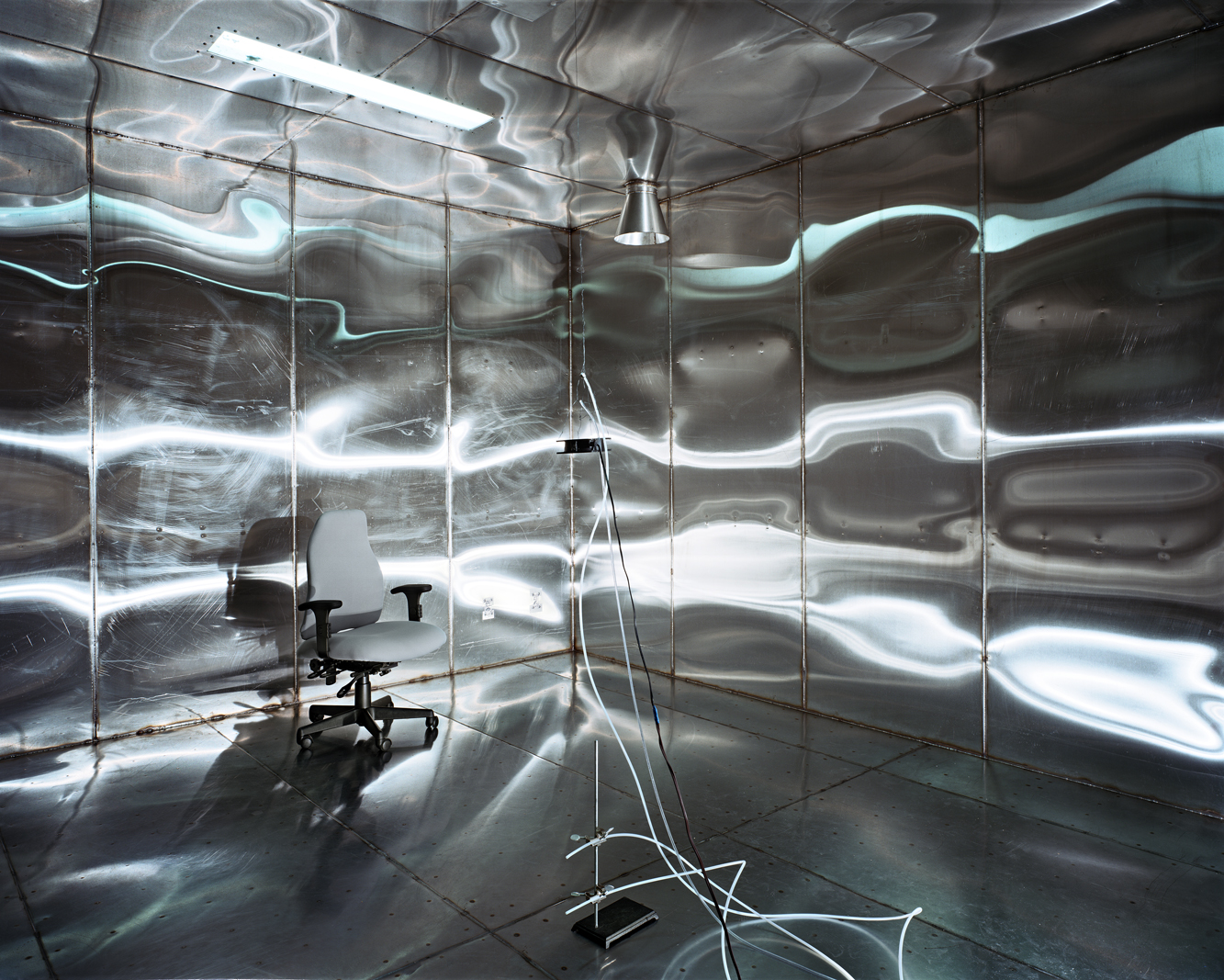
Lynne Cohen / Estate
Untitled (Stainless Lab - Laboratory), 1999-2012
C-Print
61.5 x 77 inch ( 75.5 x 91.5 inch framed )
Edition of 3 ex + 1 AP
Galerie In Situ - fabienne leclerc, Grand Paris
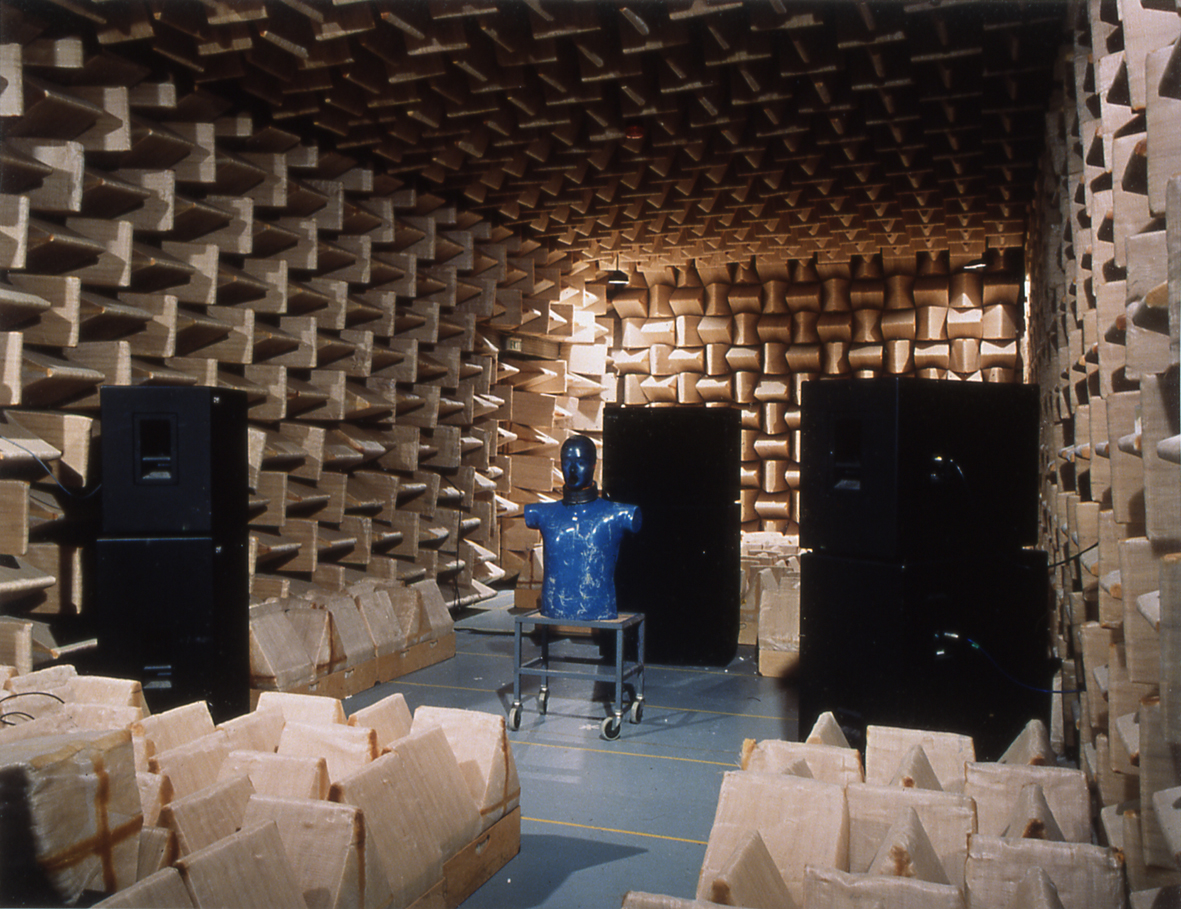
Lynne Cohen / Estate
Laboratory, fin 90/2000
C-Print
44.8 x 57 inch ( 54.7 x 67 inch framed )
Edition of 5 ex
Signé
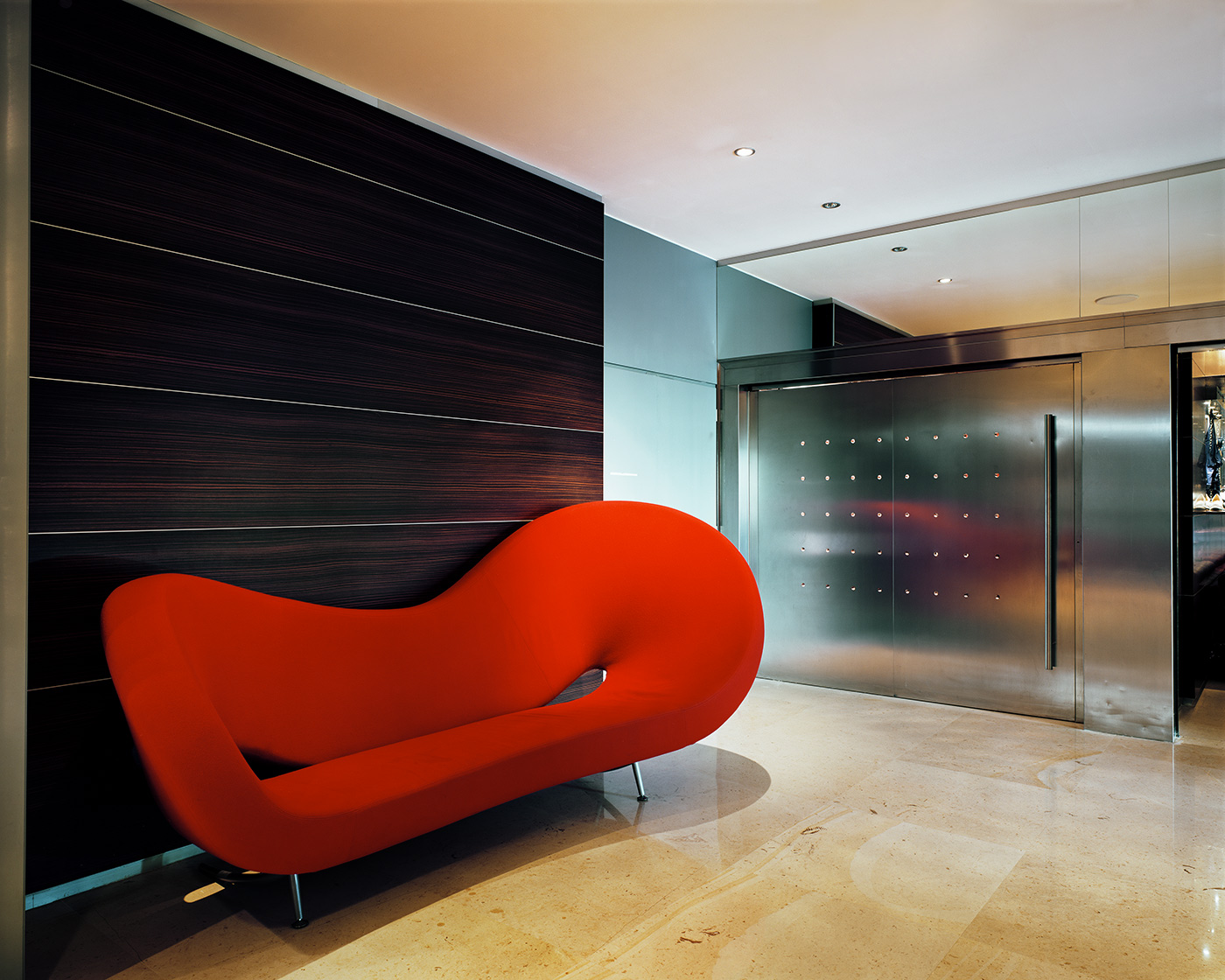
Lynne Cohen / Estate
Untitled (Smiling Couch), 2011
Color photography c-print ( 193 x 231 x 5 cm framed )
Edition of 3 ex
Courtesy Lynne Cohen Estate & Galerie In Situ-fabienne leclerc, Grand Paris
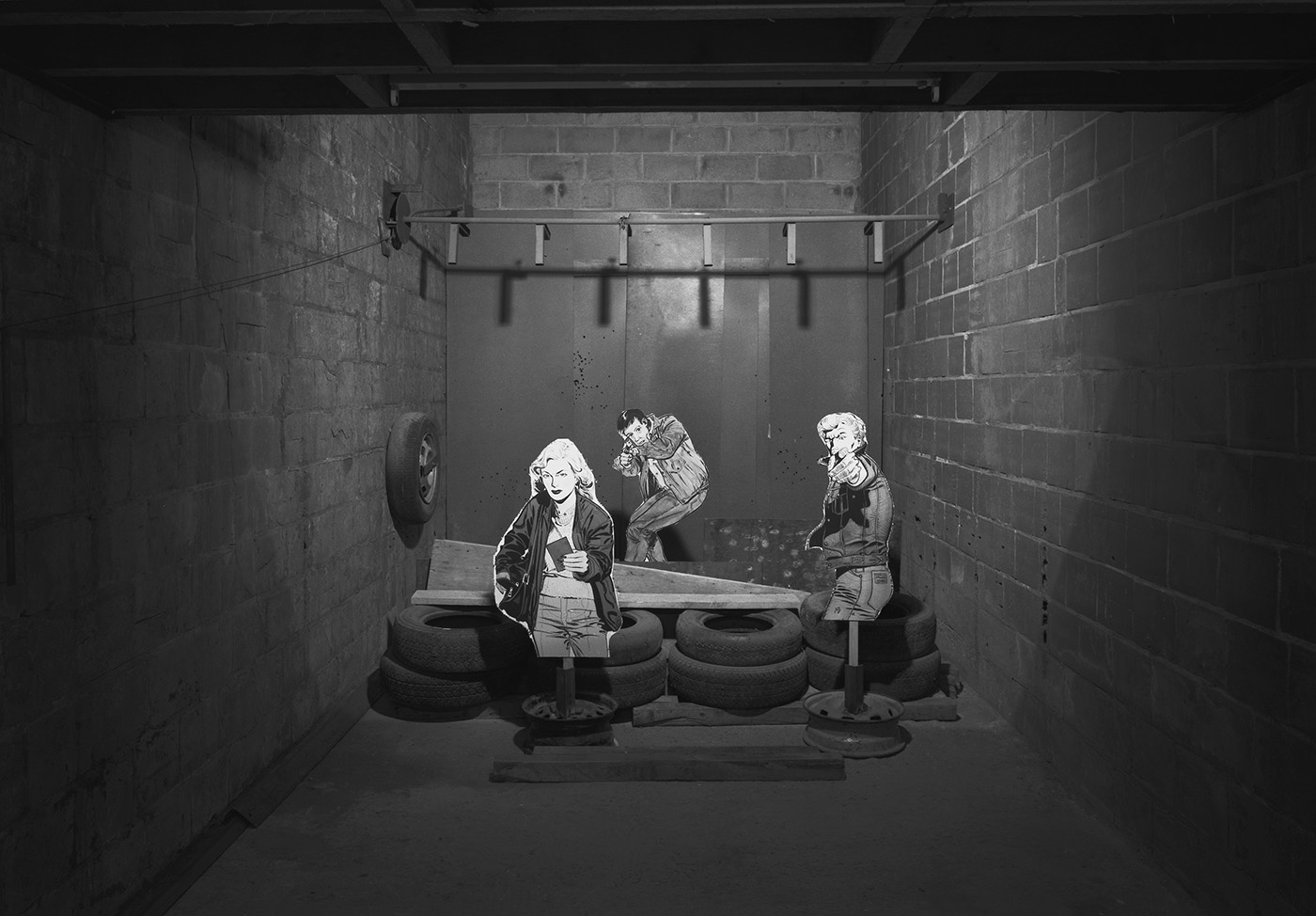
Lynne Cohen / Estate
Police Range, 1990
Silver gelatin print with blu artist frame
31.4 x 45.6 inch ( 39.7 x 53.7 inch framed )
Edition of 8 ex
Courtesy Lynne Cohen Estate & Galerie In Situ-fabienne leclerc, Grand Paris
For this retrospective dedicated to Lynne Cohen, Fabienne Leclerc wishes to give carte blanche to the French photographer Patrick Tosani. He will offer a personal reading of the work of Canadian photographer whose career has spanned over 40 years.
«One thing is clear, one way of looking at Lynne Cohen's work could be to consider it as a description, an inventory, a typology of the functional, utilitarian and rational places that we call workspaces, technical premises, training or learning areas in different schools, offices and organisations... but also private living spaces, fashioned in a kitsch manner by their occupants.
Another way would be to analyse what is going on in her "readymade" recordings, as the artist sometimes liked to refer to them.
These places have the particularity and specificity of being reduced to their unique expression, or rather one simple expression: a delimited space, the corner of a room often 2 or 3 shots at most, the floor, the ceiling, a few items; only those necessary to the functionality of the site, with textures, singular materials, and almost always artificial lighting.
The protocol is consistently the same: "Re-entering" real space and photographic space simultaneously, by getting closer to or further from the objects, pushing parasitic elements out the frame, revealing the objects present in the space, in elaborate yet simple composition, light, emphasis and colour.
Lynne Cohen uses photography with this awareness that her relationship to reality is revealed by the "presence of space": This is where the image plays.
But the artist does not just come across these places. Her technical apparatus, the photographic chamber, insists particularly on the development of a photographic space as a mirrored projection of the real. These places are, in their formal simplicity, a metaphor for the constitution of the optical nerve.
The space becomes an image mastered as one would an installation or sculpture.
Her training as a sculptor is certainly not foreign to this approach, as are many possible references in her images of artists who mattered to her (Marcel Duchamp, Man Ray, Richard Artschwager, minimalist and conceptual artists...) but also some from her generation: Lewis Baltz, Victor Burgin, Marta Rosler...
The incongruity of situations, devices or objects reveals a strangeness, out-of-step, which constantly questions and always ripe with a sense of humour about issues of simulation, repetition, control, deception, concealment, absence... The spaces are empty, missing characters, but the objects present transform into as many specific figures, such as furniture, machinery, mannequins, drawings, diagrams.... which are often signs of the spaces' functionalities.
The repetition of these tirelessly closed environments forces the observer into a given frame. But these areas do not only refer us to their own representations. The multiple planes, windows, screens, objects and decorations reveal a space opened through precise and elaborate spatial construction, along with a subtilely dynamic composition.
The objects, in turn, become figures and the whole space, emptied of its users, is eventually soaked in a deaf and enigmatic presence."
Patrick Tosani